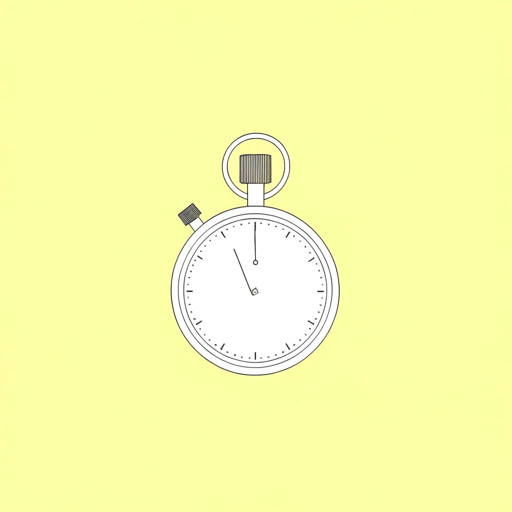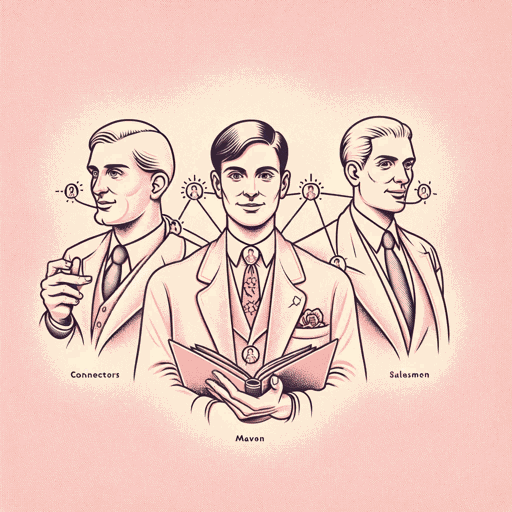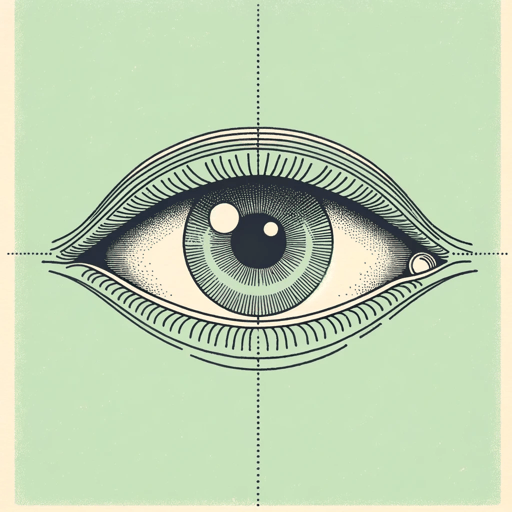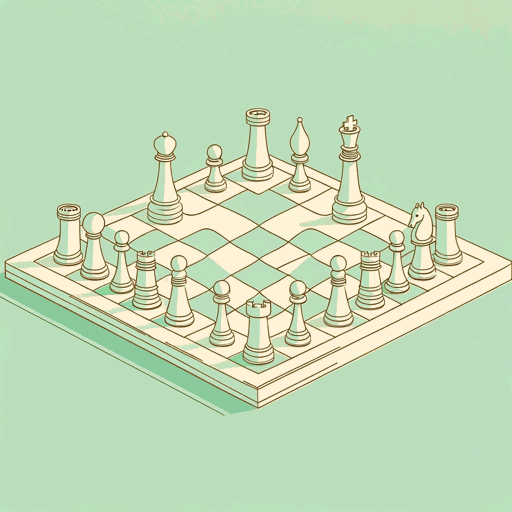44 pages • 1 hour read
Malcolm GladwellDavid and Goliath: Underdogs, Misfits, and the Art of Battling Giants
Nonfiction | Book | Adult | Published in 2013A modern alternative to SparkNotes and CliffsNotes, SuperSummary offers high-quality Study Guides with detailed chapter summaries and analysis of major themes, characters, and more.
Part 2Chapter Summaries & Analyses
Part 2: “The Theory of Desirable Difficulty”
Part 2, Chapter 4 Summary: “David Boies”
Gladwell describes the brain scan of a person with dyslexia. In the parts of the brain responsible for processing words, a dyslexic has less gray matter: “If you ask a dyslexic to read when he or she is having a brain scan, the parts that are supposed to light up might not light up at all” (99). The common view of dyslexia is that it distorts the ways in which words are seen, but the problem is more complex. It has to do with the way people “hear and manipulate sound” (100). Children with dyslexia are more likely to struggle in school, and kids who struggle in school “are more likely to end up in the juvenile system, because they act up” (102).
The prior discussion of advantages now changes to a discussion of disadvantages. Over the new few chapters, Gladwell will interrogate the issue of whether what are typically called disadvantages are always something to be avoided: “There are such things as desirable difficulties” (102), which can be used an explanation for why underdogs often succeed. As an example, Gladwell tells the story of a mathematical intelligence test question. More people got the answer correct when the font was rendered gray and fuzzy instead of clear, as would be expected in a printed book.
Related Titles
By Malcolm Gladwell

Blink: The Power of Thinking Without Thinking
Malcolm Gladwell

Outliers
Malcolm Gladwell

Talking to Strangers: What We Should Know About the People We Don’t Know
Malcolm Gladwell

The Bomber Mafia: A Dream, a Temptation, and the Longest Night of the Second World War
Malcolm Gladwell

The Tipping Point: How Little Things Can Make a Big Difference
Malcolm Gladwell

What the Dog Saw: And Other Adventures
Malcolm Gladwell

